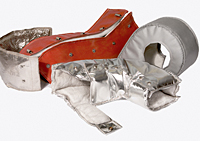
Firwin Corporation
225 Limestone Crescent,
Toronto ON M3J 2R1
Toll Free: 1.877.347.9467
Tel: 416.745.9389
Email: firwin@firwin.com
Website: www.firwin.com
225 Limestone Crescent,
Toronto ON M3J 2R1
Toll Free: 1.877.347.9467
Tel: 416.745.9389
Email: firwin@firwin.com
Website: www.firwin.com
